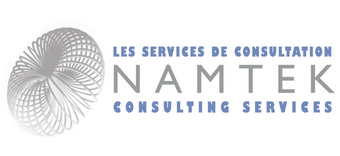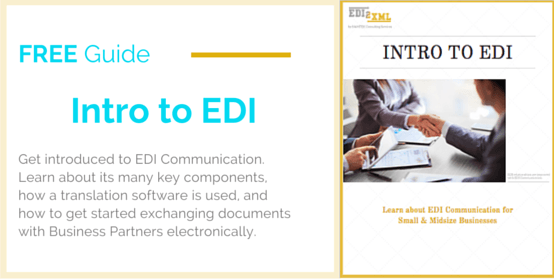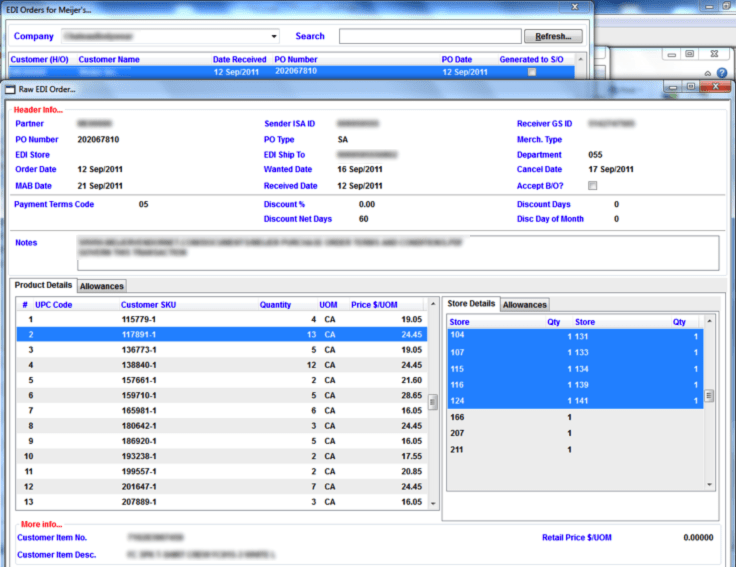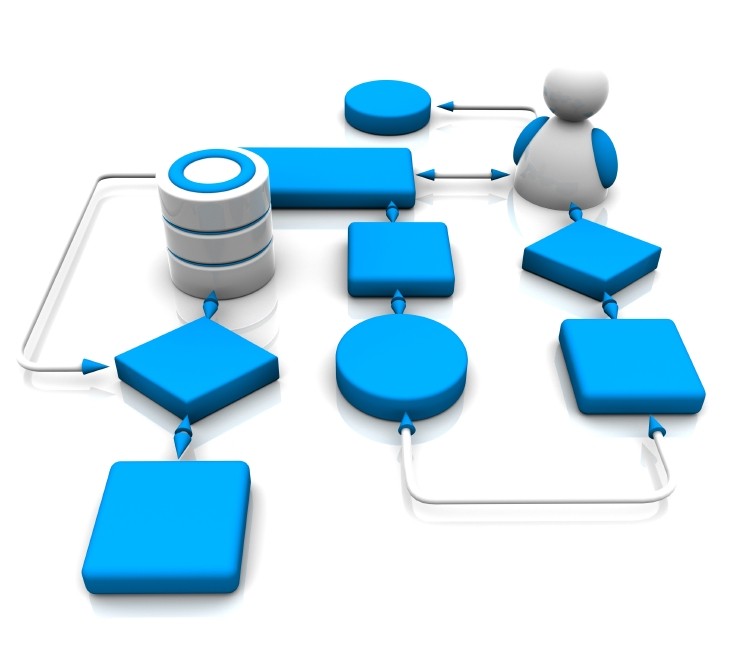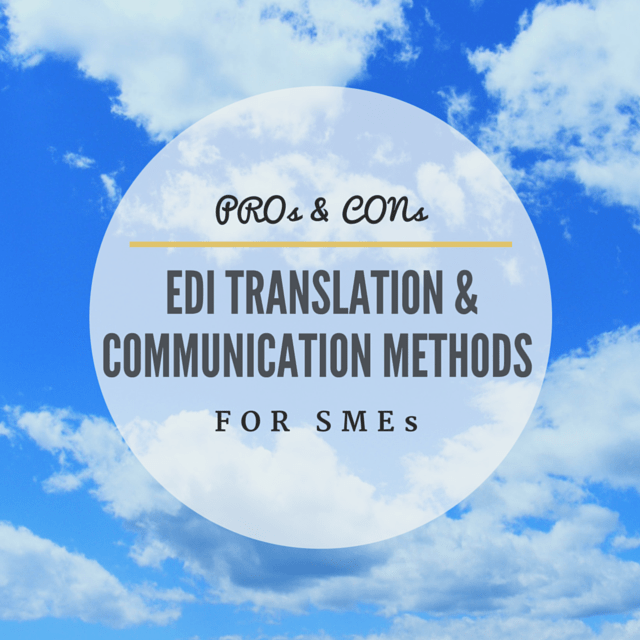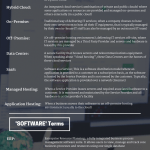Bringing EDI To Your Business in 2016
Last Updated on December 13, 2022 by Tatyana Vandich
EDI Communication, a method of electronically exchanging business documents, like Purchase Orders and Invoices, between Trading Partners, has been very much in demand for manufacturers, retailers, suppliers, etc. in recent years…and for good reason! [Read the top benefits of EDI]
So, you’ve recently been looking into doing business with a large retailer but they require you to exchange POs, Invoices, ASNs via EDI? Debating whether or not to bring EDI into your business by 2016?
The first thing to remember before beginning – EDI does NOT have to be complex and expensive. When EDI first began, it was intended for large transportation companies, but today EDI is for everyone – large, small, transportation, manufacturing – whatever it may be.
Secondly, you do NOT need to hire a whole EDI department at your office. Nowadays, it is easier and more affordable to hire a third-party EDI Service Provider to get you started and communication with your Trading Partners.
Thirdly, it is best to speak to others about their experiences with their EDI Service Provider. Many business executives simply go with the most well known EDI provider because they are reputable and offer a large network of partners. Unfortunately, these choices are not always best for small and medium enterprises since their monthly bills can be very expensive and their support team is not always available. It’s very important to do your homework and see which solution and service works best for your business needs and budget.
Now that 2016 is around the corner, it’s best to get started ASAP. Getting all the right information in order to figure out what kind of services you require, how much it will cost you and which provider will be the best fit for your business. Depending on your requirements, a typical, simple EDI implementation project can take up to a week or two to get started (of course depending on your Trading Partner collaboration).
Questions to ask your new Trading Partner (perhaps Target, Wal-Mart, Home Depot, etc.):
- Which documents do they require you to send them and which documents will they be sending you?
- Which communication protocol do they require [AS2, VAN, FTP]?
- Which standard do they use? [ANSI ASC X12, EDIFACT]?
Once all of these questions have been answered, it is time to request the Trading Partner send you their document specifications (in order to later send to your EDI Service Provider).
Next up, ask your IT department (if you have one), IT provider or person in charge:
- What document format is best for easy integration into your management system [XML, CSV, TXT]?
In the case where budgets are very tight, it’s best to ask your accounting department for your allotted monthly budget for EDI services. It’s important to note the savings usually involved with this change; people costs that were once associated to manual data entry for processing purchase orders & invoices, correcting errors, etc.
It is now time to choose your EDI Service Provider, based on their services offered, prices, support availabilities and how efficient and simple they can make the whole EDI process for your business. Pricing for EDI Translation, Integration and Communication services typically include an initial one-time setup fee and a monthly service fee (usually based on the EDI transaction volume in a given month (in Kilo Characters)).
To view a full EDI process for incoming and outgoing documents using EDI2XML, visit our ‘B2B Transactions & EDI Communication’ blog.
We always suggest starting with a consultation call or meeting with an EDI expert so they can provide you with the best options for your business requirements.
For more information about EDI Communication, download our ‘Intro to EDI’ guide below.
